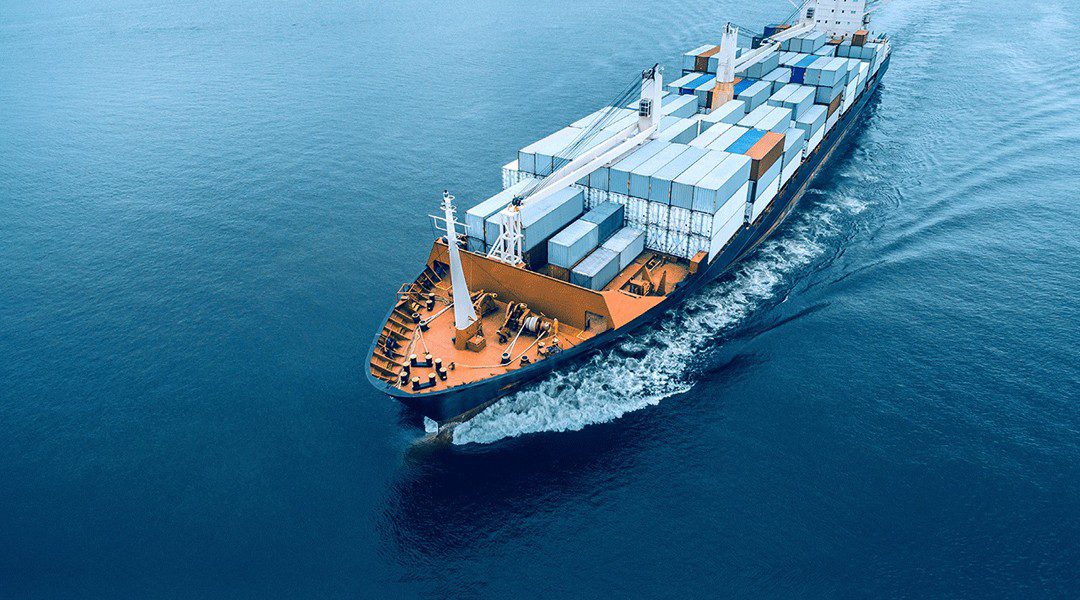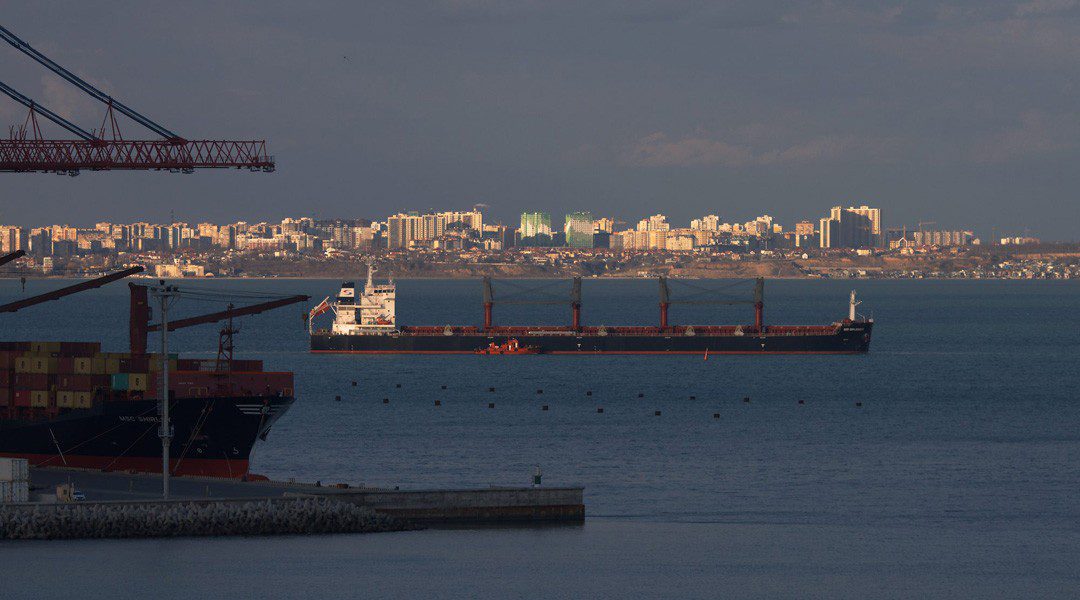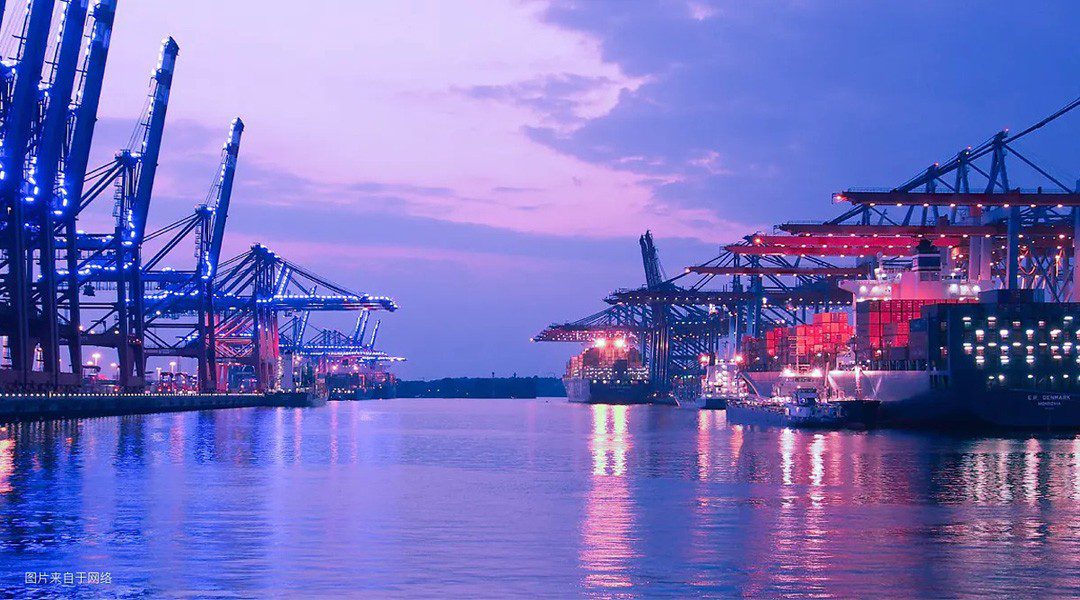President Biden announcement earlier this week that the US administration would be imposing 25% tariffs on Chinese-manufactured ship-to-shore (STS) cranes and other strategic sectors in a move to curtail China’s unfair trade practices was seen as likely to have a financial impact on the maritime sector in the US
The increased tariff rates are meant to be part of a broader protectionist strategy helping Americans keep domestic jobs seen as under threat from Chinese manufacturing. The move also comes amid heightened concerns about the security of U.S. ports and potential cybersecurity threats from Chinese-manufactured port equipment.
For example Shanghai Zhenhua Heavy Industries, a firm with close ties to the Chinese Communist Party, is a major supplier of STS cranes to ports in the US and globally. There have been concerns that its equipment could used as spying tools by China. In February the Biden Administration issued an Executive Order in February that was aimed at enhancing national security, strengthening supply chains, and improving maritime cybersecurity. The White House also committed to a $20bn investment to bolster the return of domestic STS crane manufacturing in the US.
The just announced tariffs will be imposed on a wide range of Chinese imports including semi-conductors, batteries, EVs and solar cells Peter Sand, Chief Analyst at Xeneta, said that “the new tariffs under President Biden may be a case of history repeating. If so, businesses will be braced for increasing supply chain costs and ultimately it will be US consumers who pay for it.”
In 2018 then-President Trump imposed a wide range of tariffs on Chinese imports – criticized by Biden at the time for potentially increasing the cost of living for American consumers. China retaliated by imposing increasing tariffs of its own. That tit-for-tat sequence saw ocean freight container shipping rates from China to the US West Coast increase by more than 160%.
“Rates began to fall away again towards the end of 2018 as the situation calmed, but they never returned to the same level, meaning a new status quo was established in the market at a higher cost level”, said Sand.
Growth in demand for container shipping imports from China into Mexico in the first quarter of 2024 had already increased by 34% compared to 12 months ago, fuelling suspicions it is being used by some shippers as a ‘back door into the US’.
Sand said: “The ocean freight container market has seen incredible increases in demand from China into Mexico and the latest US tariffs could see this rapid growth continue. In a purely hypothetical scenario, at the current growth rate, by the year 2031 there will be more containers imported from China into Mexico than the US West Coast.”
Sand also predicted that “we may also see US shippers look to import goods from nations such as Vietnam as an alternative to China. There were also “immature” supply chain routes compared to the established Transpacific trade direct from China to the US West Coast. But this implied more complexity, more volatility and an increased cost, Sand said.
He felt that much now depended on how China reacted. “The new tariffs will affect around $18bn in annual imports, which is not a huge amount in the grand scheme of US trade, but if China responds in the same way as 2018 then we could be at the start of another spiral of escalating tariffs. That will mean yet more pain for shippers and ocean freight service providers to deal with”.




